Home>Garden Essentials>How To Grow A Vertical Garden
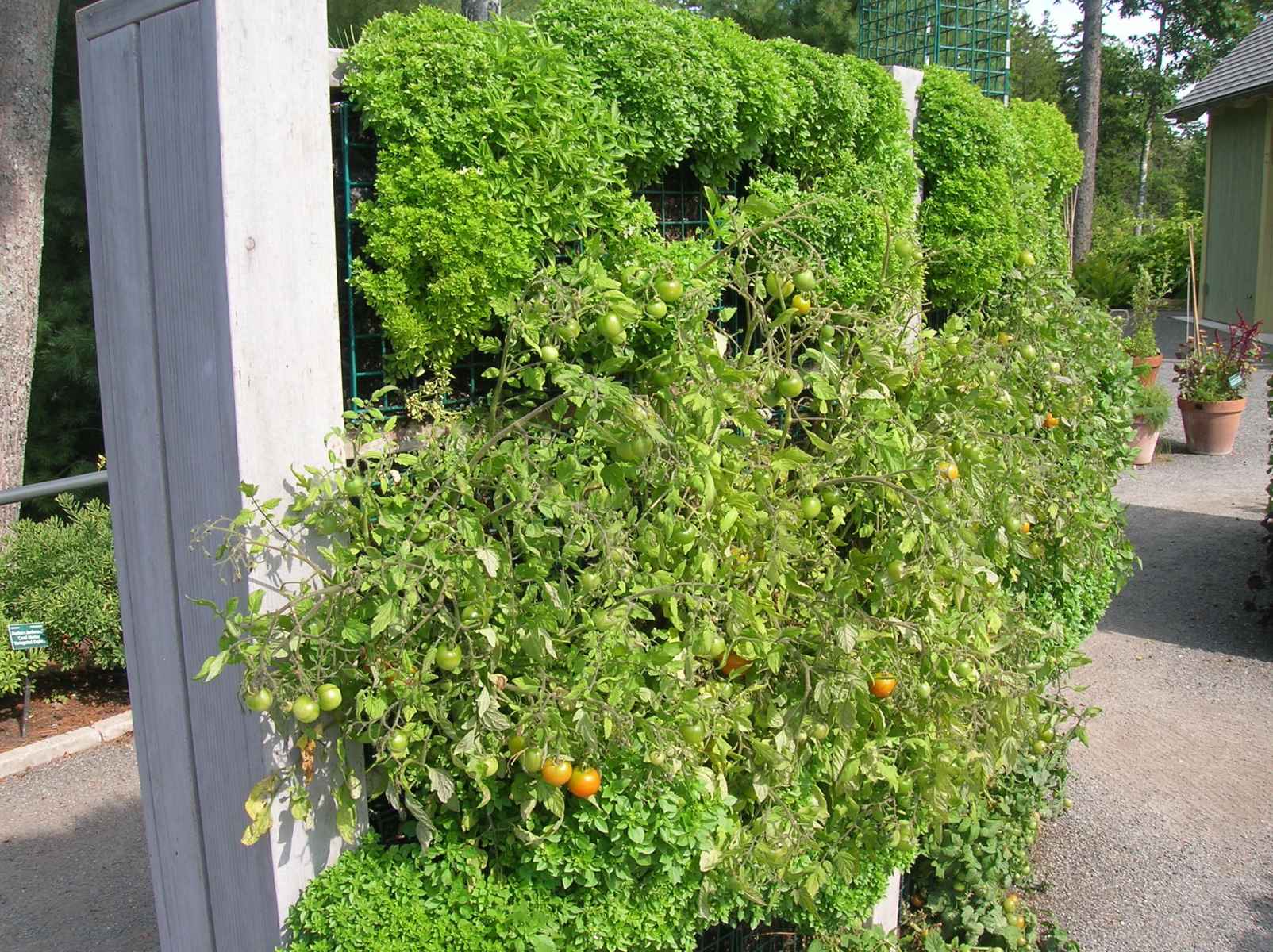

Garden Essentials
How To Grow A Vertical Garden
Modified: March 16, 2024
Learn how to grow a stunning vertical garden with our comprehensive guide. Discover innovative techniques and expert tips to create a flourishing garden space.
(Many of the links in this article redirect to a specific reviewed product. Your purchase of these products through affiliate links helps to generate commission for Storables.com, at no extra cost. Learn more)
Introduction
Welcome to the world of vertical gardening! If you have limited space but a deep passion for plants and greenery, vertical gardening is the perfect solution for you. This innovative gardening technique allows you to create a lush and vibrant garden in even the smallest of spaces.
Vertical gardening is not only practical, but it also adds a unique and visually appealing element to your outdoor or indoor space. By utilizing vertical structures such as walls or trellises, you can maximize your growing area and create a stunning display of plants.
In this comprehensive guide, we will explore the benefits of vertical gardening, discuss how to choose the right location, select suitable plants, build the vertical garden structure, and provide essential tips on soil preparation, watering, maintenance, pest control, and harvesting.
Whether you are a seasoned gardener looking to try something new or a gardening enthusiast just starting out, this article will provide you with all the information you need to cultivate a successful vertical garden.
So, let’s dig in and discover the wonderful world of vertical gardening!
Key Takeaways:
- Vertical gardening maximizes space, enhances aesthetics, and provides fresh produce. It’s a rewarding journey that combines love for plants with innovative design, bringing beauty and fulfillment to any space.
- Choosing the right location, selecting suitable plants, and proper maintenance are essential for a thriving vertical garden. Enjoy the bountiful harvest and share the joy of homegrown food with others.
Read more: What Herbs To Grow In A Vertical Garden
Benefits of Vertical Gardening
Vertical gardening offers numerous advantages for both urban and suburban gardeners. Let’s explore some of the key benefits:
- Maximizes Space: One of the primary advantages of vertical gardening is its ability to make the most of limited space. By growing plants vertically, you can utilize vertical structures such as walls, fences, and trellises, allowing you to grow a variety of plants in a small area. This is particularly beneficial for urban dwellers or those with limited backyard space.
- Enhances Aesthetics: Vertical gardens are visually stunning and can transform any space into a lush and vibrant oasis. The vertical structure creates a living wall of greenery, adding a unique and eye-catching element to your surroundings. The variety of plant colors, textures, and heights can create a beautiful and dynamic display.
- Improves Air Quality: Plants play a crucial role in purifying the air by absorbing pollutants and releasing oxygen. Vertical gardens, especially when positioned along exterior walls, can help improve air quality by filtering out toxins and pollutants.
- Provides Privacy and Shade: Vertical gardens can act as natural barriers, providing privacy and creating shade in outdoor spaces. They can shield your patio or balcony from prying eyes and help reduce the impact of direct sunlight, creating a comfortable and cozy environment.
- Easy Access and Reduced Maintenance: Vertical gardens are not only visually appealing but also practical. By growing plants vertically, you can easily access your plants for watering, pruning, and harvesting. Additionally, vertical gardens often require less maintenance, as the plants are more compact and less prone to pests and diseases.
- Increased Food Production: Vertical gardening is an excellent option for growing your own food, even in limited spaces. Vertical gardens allow you to grow a wide variety of vegetables, herbs, and fruits, providing you with a fresh and organic food source.
- Reduces Soil Erosion: Vertical gardens help prevent soil erosion by stabilizing the soil on slopes or uneven terrain. The plants’ roots bind the soil, preventing erosion caused by wind or water runoff.
- Encourages Creativity and Experimentation: Vertical gardening allows you to explore your creativity and experiment with different plant combinations and arrangements. You can mix and match plants with varying colors, textures, and growth habits to create a stunning and unique vertical garden.
These are just a few of the many benefits that vertical gardening offers. Whether you are looking to beautify your space, maximize your gardening potential, or grow your own food, vertical gardening is a versatile and rewarding technique that can enhance your gardening experience.
Choosing the Right Location for Your Vertical Garden
When it comes to vertical gardening, selecting the right location is crucial for the success of your plants. Here are some factors to consider when choosing the perfect spot for your vertical garden:
- Sunlight Exposure: Most plants require a sufficient amount of sunlight to thrive. Determine how much sunlight your chosen location receives throughout the day. Ideally, your vertical garden should receive at least six hours of sunlight daily. If your chosen spot is shaded, consider plants that can tolerate low-light conditions.
- Access to Water: Ensure that your vertical garden is conveniently located near a water source. The plants will require regular watering, especially during the hot summer months. Additionally, assess the drainage in the area to prevent water pooling and potential damage to the structure.
- Structural Support: Assess the stability and strength of the vertical structure you plan to use for your garden, whether it’s a wall, fence, or trellis. Make sure it can support the weight of the plants, especially when they are fully grown and their foliage becomes heavy.
- Space Availability: Consider the available space for your vertical garden. Take measurements of the area to ensure that it can accommodate the desired number of plants and the structure you plan to use. Also, take into account any potential obstructions such as windows or doors.
- Type of Plants: Different plants have different light and temperature requirements. Choose plants that are suitable for the specific conditions of your chosen location, considering factors such as shade, wind exposure, and temperature fluctuations.
- Aesthetics: Think about the visual impact of your vertical garden. Consider how it will complement the overall design and aesthetics of your space. Choose plants with varying colors, textures, and heights to create an appealing and balanced look.
- Accessibility: Ensure that your vertical garden is easily accessible for watering, fertilizing, pruning, and harvesting. If you plan to grow vegetables or herbs, having the garden close to your kitchen or outdoor cooking area will make it convenient for culinary purposes.
- Protection from Elements: Take into account the exposure to harsh weather conditions such as strong winds, excessive heat, or frost. If your chosen location is prone to extreme weather, consider installing a protective barrier, such as a windbreak or shade cloth, to shield your plants.
By carefully considering these factors, you can choose the ideal location for your vertical garden that will provide the optimal growing conditions for your plants and create a visually appealing and functional space.
Selecting the Plants for Your Vertical Garden
Choosing the right plants for your vertical garden is essential to ensure their health and success. Here are some tips to help you select the perfect plants:
- Consider the Growing Conditions: Assess the growing conditions of your vertical garden, including the amount of sunlight and shade it receives, the temperature fluctuations, and the wind exposure. Match the plants’ requirements to these conditions to ensure they thrive.
- Choose Compact and Vining Plants: Opt for plants that have a compact or vining growth habit. These plants are well-suited for vertical gardening and will grow upward, making the most of the available space. Examples include herbs like thyme and oregano, small vegetables like cherry tomatoes and lettuce, and vining plants like pothos or ivy.
- Consider Ornamental and Edible Plants: Decide whether you want to focus on ornamental plants for aesthetic purposes or include edible plants to enjoy homegrown produce. Combining both types can create an attractive and functional vertical garden. Herbs, strawberries, lettuce, and edible flowers like nasturtiums are excellent choices.
- Mix and Match Plants: Experiment with different plant combinations to create a visually dynamic and diverse vertical garden. Combine plants with varying colors, textures, and heights to add interest and depth. Consider vertical garden-friendly plants like ferns, succulents, trailing flowers, and colorful foliage plants.
- Prioritize Low-Maintenance Plants: If you prefer a low-maintenance vertical garden, choose plants that require minimal care. Look for plants that have drought tolerance, are disease resistant, and do not need frequent pruning or deadheading. This will make maintenance tasks easier and less time-consuming.
- Research Plant Compatibility: Ensure that the plants you choose are compatible with each other in terms of their growth habits, sun requirements, and water needs. Avoid selecting plants that will compete for resources or overshadow others. Research each plant’s characteristics before planting to ensure harmony in your vertical garden.
- Consider Pots and Hanging Baskets: If your vertical garden is in a limited space or if you want the flexibility to rearrange your plants, consider using pots or hanging baskets. These containers can be easily attached to your vertical structure and allow you to move plants around as needed.
- Think Seasonally: Plan your vertical garden with the seasons in mind. Consider the different growth patterns and flowering times of the plants you choose. Introduce seasonal plants to add variety and ensure continuous blooms throughout the year.
By taking these factors into account and selecting plants that are well-suited to your vertical garden’s conditions and your preferences, you can create a stunning and thriving vertical garden that brings beauty and enjoyment to your space.
Building Your Vertical Garden Structure
Creating a sturdy and functional structure is a crucial step in building your vertical garden. Here are some guidelines to help you construct your vertical garden structure:
- Evaluate Your Space: Assess the available space and the vertical structure you plan to use, such as a wall, fence, or freestanding trellis. Consider the dimensions and strength of the structure to ensure it can support the weight of the plants.
- Select and Prepare the Material: Choose materials that are durable and weather-resistant, such as treated wood, metal, or PVC. Consider the aesthetics and practicality of the material for your specific situation. Prepare the material by cleaning, sanding, or treating it to ensure longevity.
- Plan the Design: Determine the layout and design of your vertical garden structure. Consider the number of plant pockets or containers you want to incorporate and their placement on the structure. Take into account the growth habits and spacing requirements of the plants.
- Secure the Anchoring: Ensure that your structure is securely anchored to the ground or wall. Use sturdy brackets, hooks, or screws to attach the structure and prevent it from swaying or collapsing.
- Create Plant Pockets or Containers: Depending on the design of your vertical garden, you may need to create individual plant pockets or use containers for each plant. If using pockets, ensure they are of appropriate size for the root systems. If using containers, choose those with good drainage holes to prevent waterlogging.
- Provide Support: Consider providing support for vining or climbing plants by adding trellises, wires, or netting to your structure. These supports help guide the plants’ growth and prevent them from sprawling or tangling.
- Implement Irrigation System: Depending on the size and complexity of your vertical garden, you may need to install an irrigation system. Drip irrigation or a self-watering system can simplify watering and ensure each plant receives the right amount of water.
- Consider Lighting: If your vertical garden is positioned indoors or in a shaded area, consider incorporating appropriate lighting to supplement sunlight. LED grow lights or T5 fluorescent lights can provide the necessary light spectrum for healthy plant growth.
- Add Personal Touches: Customize your vertical garden structure with personal touches such as decorative elements, hanging baskets, or plant labels. These small details can enhance the aesthetics of your vertical garden and make it uniquely yours.
Remember to double-check the stability and functionality of your vertical garden structure before planting. Regularly inspect and maintain the structure to ensure its longevity and the safety of your plants.
By following these guidelines and using your creativity, you can build a well-designed and resilient vertical garden structure that will provide the ideal framework for your plants to thrive.
When growing a vertical garden, make sure to choose plants that are suitable for vertical growth, such as vine plants or those with trailing habits. This will help them thrive and cover the vertical surface effectively.
Soil and Watering Considerations
When it comes to vertical gardening, proper soil and watering practices are essential to ensure the health and vitality of your plants. Here are some considerations for soil and watering in your vertical garden:
- Choosing the Right Soil: Start with a high-quality potting mix or soilless medium that is well-draining and nutrient-rich. Avoid using heavy garden soil, as it can become compacted and hinder root growth. Look for a soil mix that retains moisture without becoming waterlogged.
- Adding Organic Matter: Incorporate organic matter such as compost or well-rotted manure into the soil to improve its fertility and structure. Organic matter helps retain moisture, promotes nutrient absorption, and enhances overall soil health.
- Proper Watering: Regular and adequate watering is crucial for the success of your vertical garden. Water the plants thoroughly, ensuring that the soil is evenly moist but not waterlogged. Monitor the moisture level regularly and adjust your watering schedule based on the plants’ needs and environmental conditions.
- Consider Drip Irrigation: Installing a drip irrigation system is a practical and efficient way to provide consistent moisture to your plants. Drip irrigation delivers water directly to the roots, reducing water waste and minimizing the risk of overwatering or underwatering.
- Mulching: Apply a layer of organic mulch around the base of your plants to help conserve moisture and suppress weed growth. Mulch acts as an insulator, preventing evaporation and maintaining a more stable soil temperature.
- Monitor Soil Drainage: Ensure that your vertical garden’s structure allows for proper drainage to prevent waterlogging. Adequate drainage is crucial to prevent root rot and other water-related issues. If necessary, incorporate drainage holes or use a well-draining soil mix.
- Observe Plant Water Needs: Different plants have varying water requirements. Some may prefer more moisture, while others are more drought-tolerant. Learn about the watering needs of the plants in your vertical garden, and adjust your watering schedule accordingly to ensure optimal growth.
- Stay Consistent: Consistency is key when it comes to watering. Avoid irregular watering patterns, as it can stress the plants and lead to uneven growth. Establish a watering routine and stick to it, adapting as needed based on weather conditions and plant requirements.
- Consider External Factors: External factors such as temperature, humidity levels, and wind can impact the moisture needs of your vertical garden. During hot and dry periods, you may need to water more frequently. Likewise, windy conditions can cause the soil to dry out faster, requiring additional watering.
- Learn from Your Plants: Observe your plants and learn to read their signals. Signs of underwatering include wilting, yellowing leaves, and dry soil. Overwatering may manifest as root rot, yellowing leaves, or mold growth. Adjust your watering practices accordingly to ensure healthy plant growth.
By providing the right soil conditions and implementing proper watering techniques, you will create an optimal environment for your vertical garden, ensuring the health and vitality of your plants.
Maintaining and Pruning Your Vertical Garden
Maintaining and pruning your vertical garden is crucial for its health, appearance, and long-term success. Here are some essential tips to keep your vertical garden in optimal condition:
- Regularly Monitor Your Plants: Regularly inspect your vertical garden for signs of pest infestation, disease, or nutrient deficiencies. Catching problems early allows for prompt intervention and prevents further damage.
- Prune for Optimal Growth: Pruning is key to maintaining the shape, size, and health of your plants. Remove dead, damaged, or diseased foliage to prevent the spread of pests or diseases. Trim back excessive growth to encourage bushier and more compact growth.
- Provide Vertical Support: As your plants grow, make sure to provide vertical support, such as trellises or stakes, to help guide their upward growth. This is particularly important for vining or climbing plants that may need assistance in staying upright and preventing entanglement.
- Remove Weeds: Regularly check your vertical garden for weeds and remove them promptly. Weeds compete with your plants for water, nutrients, and sunlight, impacting their growth. Mulching can help suppress weed growth and reduce the need for frequent weeding.
- Fertilize Appropriately: Like any garden, your vertical garden will benefit from periodic fertilization. Choose a balanced fertilizer specifically formulated for the types of plants in your garden. Follow the recommended dosage guidelines and timing to avoid over-fertilizing.
- Maintain Cleanliness: Keep your vertical garden clean and free of debris. Remove fallen leaves, dead plant material, and any accumulated debris on the structure. This helps prevent the build-up of pests and diseases and maintains a tidy and attractive appearance.
- Support Weak Stems: Some plants in your vertical garden may develop weak or drooping stems. Use plant ties or soft clips to support these stems to prevent them from bending or breaking.
- Manage Invasive Plants: Keep an eye out for aggressive, invasive plants that may outcompete and overpower other plants in your vertical garden. Promptly remove any invasive species to maintain the health and balance of your garden.
- Observe and Learn from Your Garden: Take the time to observe and learn from your vertical garden. Pay attention to how different plants respond to pruning, watering, and environmental factors. This firsthand knowledge will help you refine your maintenance practices and better understand the needs of your plants.
- Adjust as Needed: As your plants grow and develop throughout the seasons, be prepared to make adjustments. This may include repositioning plant containers, adding or removing supports, or adapting your pruning techniques. Stay flexible and responsive to your plants’ evolving needs.
By regularly maintaining and pruning your vertical garden, you will not only ensure its health and vitality but also create a visually appealing and well-managed garden space that brings joy and satisfaction.
Pests and Disease Control in Vertical Gardening
Just like traditional gardens, vertical gardens are susceptible to pests and diseases. However, with proper prevention and control measures, you can keep your vertical garden healthy and thriving. Here are some strategies to effectively manage pests and diseases:
- Implement Good Garden Hygiene: Start by maintaining good garden hygiene practices. Regularly remove fallen leaves, dead plant material, and debris from your vertical garden. Clean your tools and equipment to prevent the spread of diseases.
- Choose Resistant Plants: When selecting plants for your vertical garden, choose varieties that are known for their resistance to common pests and diseases in your area. Resistant plants are less likely to be affected or will have better defenses against infestations.
- Ensure Proper Air Circulation: Proper air circulation is important to prevent the buildup of moisture, which can contribute to the development of fungal diseases. Ensure that your vertical garden has adequate space between plants and that the structure allows for good airflow.
- Inspect Regularly: Regularly inspect your plants for any signs of pests or diseases. Look for chewed leaves, distorted growth, discoloration, or spots on the foliage. Early detection allows for prompt intervention and a higher chance of successful control.
- Practice Integrated Pest Management: Integrated Pest Management (IPM) involves a combination of preventative measures and environmentally friendly control methods. This may include using physical barriers, like netting, to keep pests out, introducing beneficial insects, or using organic pesticides as a last resort.
- Use Organic Pest Control: When dealing with pests, opt for organic and natural pest control methods. These methods are less harmful to beneficial insects and the environment. Homemade remedies like garlic or soap sprays can be effective against common pests.
- Address Disease Issues Promptly: If you notice any signs of disease in your plants, take immediate action. Remove and destroy infected plant parts to prevent the disease from spreading. Consider using organic fungicides to treat fungal diseases if necessary.
- Maintain Adequate Watering: Overwatering can create a favorable environment for disease development. Ensure proper drainage and avoid excessive moisture on plants’ foliage. Water at the base of the plants to minimize splashing water onto leaves.
- Rotate Crops: If you are growing edible plants in your vertical garden, practice crop rotation. Rotating crops helps prevent the buildup of specific pests or diseases that may target specific plant families.
- Learn from Experienced Gardeners: Connect with local gardening communities or seek advice from experienced gardeners. They can provide valuable insights into common pests and diseases in your area and offer tried-and-true methods for control.
Remember that prevention and early intervention are key when it comes to managing pests and diseases in your vertical garden. By implementing these strategies and staying vigilant, you can create a healthy and pest-resistant environment for your plants to thrive.
Harvesting and Enjoying the Fruits of Your Vertical Garden
After all the hard work and care you’ve put into your vertical garden, it’s time to reap the rewards of your efforts. Here are some tips for harvesting and enjoying the bountiful harvest from your vertical garden:
- Observe Harvesting Times: Different plants have different harvesting times. Familiarize yourself with the specific requirements of each plant in your vertical garden. Harvest when the fruits or vegetables are fully ripe but before they become overripe or start to deteriorate.
- Use the Proper Tools: Use appropriate tools and techniques for harvesting to avoid damage to your plants. Scissors, pruners, or garden shears are ideal for harvesting leafy greens or herbs. For fruits and vegetables, use a sharp knife or garden clippers to ensure clean cuts.
- Harvest Regularly: Harvesting on a regular basis encourages continuous production and helps maintain the health of your plants. Regular harvest promotes new growth and prevents the plants from becoming overcrowded or stressed.
- Enjoy Fresh Produce: Take advantage of the freshness and flavor of your homegrown produce. Incorporate your harvested fruits, vegetables, and herbs into your meals for a delicious and nutritious dining experience. Explore new recipes or simply savor them raw.
- Share the Bounty: If you have an abundance of crops from your vertical garden, consider sharing with family, friends, or neighbors. Sharing the fruits of your labor not only builds relationships but also spreads the joy of homegrown food.
- Prolong Storage Life: Properly store your harvested produce to prolong its freshness and storage life. Some fruits and vegetables can be stored in a cool, dry place, while others may require refrigeration. Research specific storage requirements for each crop to maximize shelf life.
- Preserve for Later: If you have an excess of harvested produce, consider preserving them for later use. Options include canning, freezing, dehydrating, or making jams and pickles. These preservation methods allow you to enjoy your vertical garden’s produce throughout the year.
- Save Seeds: If you want to continue growing your favorite plants in future seasons, save the seeds from your harvested produce. Properly dry and store the seeds in a cool, dry place until you are ready to plant them in your vertical garden or share them with other gardening enthusiasts.
- Celebrate Your Success: Take a moment to appreciate the fruits of your labor and celebrate your gardening achievements. Reflect on the joy, satisfaction, and sense of accomplishment that comes from growing your own food in a vertical garden.
Remember, the beauty of a vertical garden lies not only in its visual appeal but also in the opportunity to harvest and savor the fresh flavors of your homegrown produce. Enjoy the process, experiment with new recipes, and share the abundance with others. Happy harvesting!
Read more: How To Build Vertical Garden
Conclusion
Congratulations, you have learned the ins and outs of vertical gardening! By implementing the techniques and tips discussed in this guide, you are well on your way to creating a thriving and beautiful vertical garden.
Vertical gardening offers a multitude of benefits, including maximizing space, enhancing aesthetics, improving air quality, and providing fresh produce. Whether you have a small balcony, limited backyard space, or even an unused wall indoors, vertical gardening allows you to transform any area into a lush and vibrant oasis.
Remember to choose the right location for your vertical garden, considering factors such as sunlight exposure, access to water, and structural support. Select plants that are suitable for your growing conditions, whether you prefer ornamental or edible varieties. Build a sturdy and functional vertical garden structure that supports your plants and provides an attractive display.
Focus on proper soil preparation and watering techniques, enabling your plants to thrive and grow to their fullest potential. Regular maintenance and pruning will keep your vertical garden looking tidy and ensure optimal growth. Be aware of pests and diseases, practicing prevention and employing organic control methods when necessary.
Finally, relish the fruits of your labor by harvesting and enjoying the bountiful harvest from your vertical garden. Whether you incorporate the fresh produce into your meals, share with others, or preserve them for later, the joy of homegrown food is unmatched.
Vertical gardening is a rewarding journey that combines the love of plants with innovative design. Through planning, care, and creativity, your vertical garden will flourish, bringing beauty, sustenance, and a sense of fulfillment to your life.
So, start your vertical gardening adventure today, and let the lush greenery and vibrant colors of your vertical garden inspire and uplift you for years to come!
Frequently Asked Questions about How To Grow A Vertical Garden
Was this page helpful?
At Storables.com, we guarantee accurate and reliable information. Our content, validated by Expert Board Contributors, is crafted following stringent Editorial Policies. We're committed to providing you with well-researched, expert-backed insights for all your informational needs.
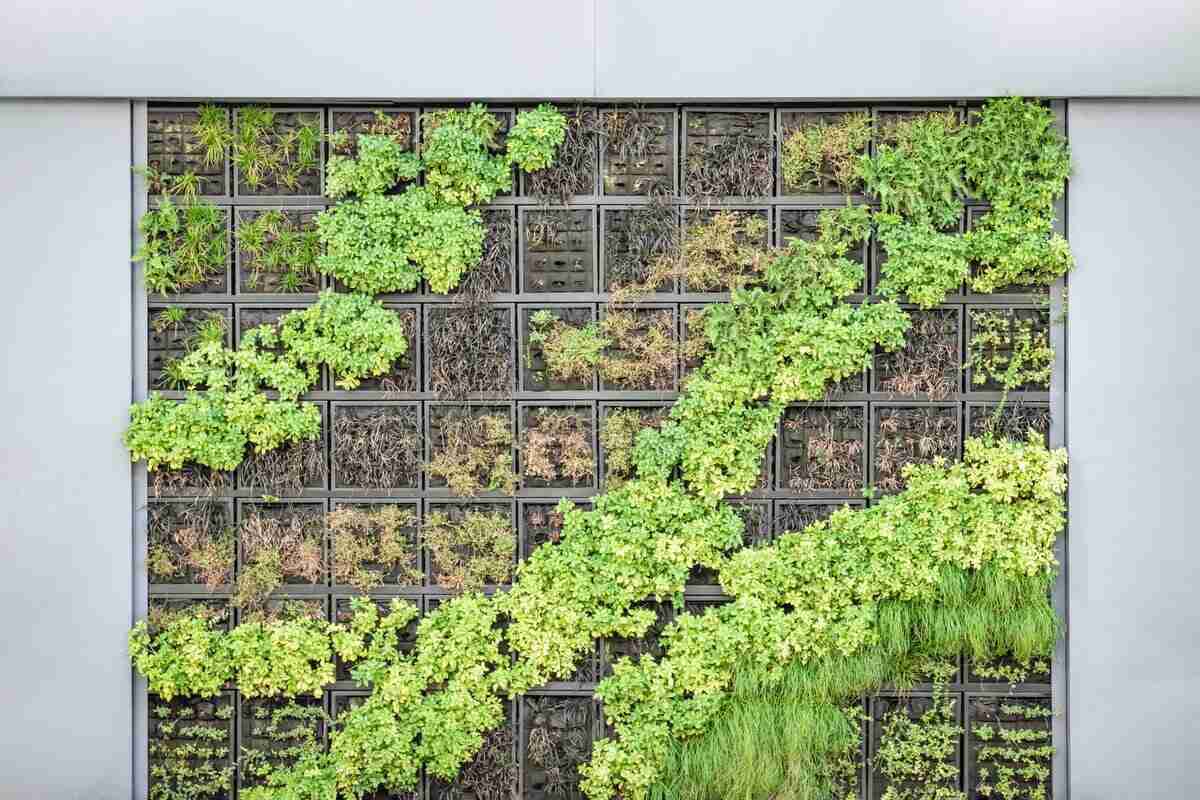
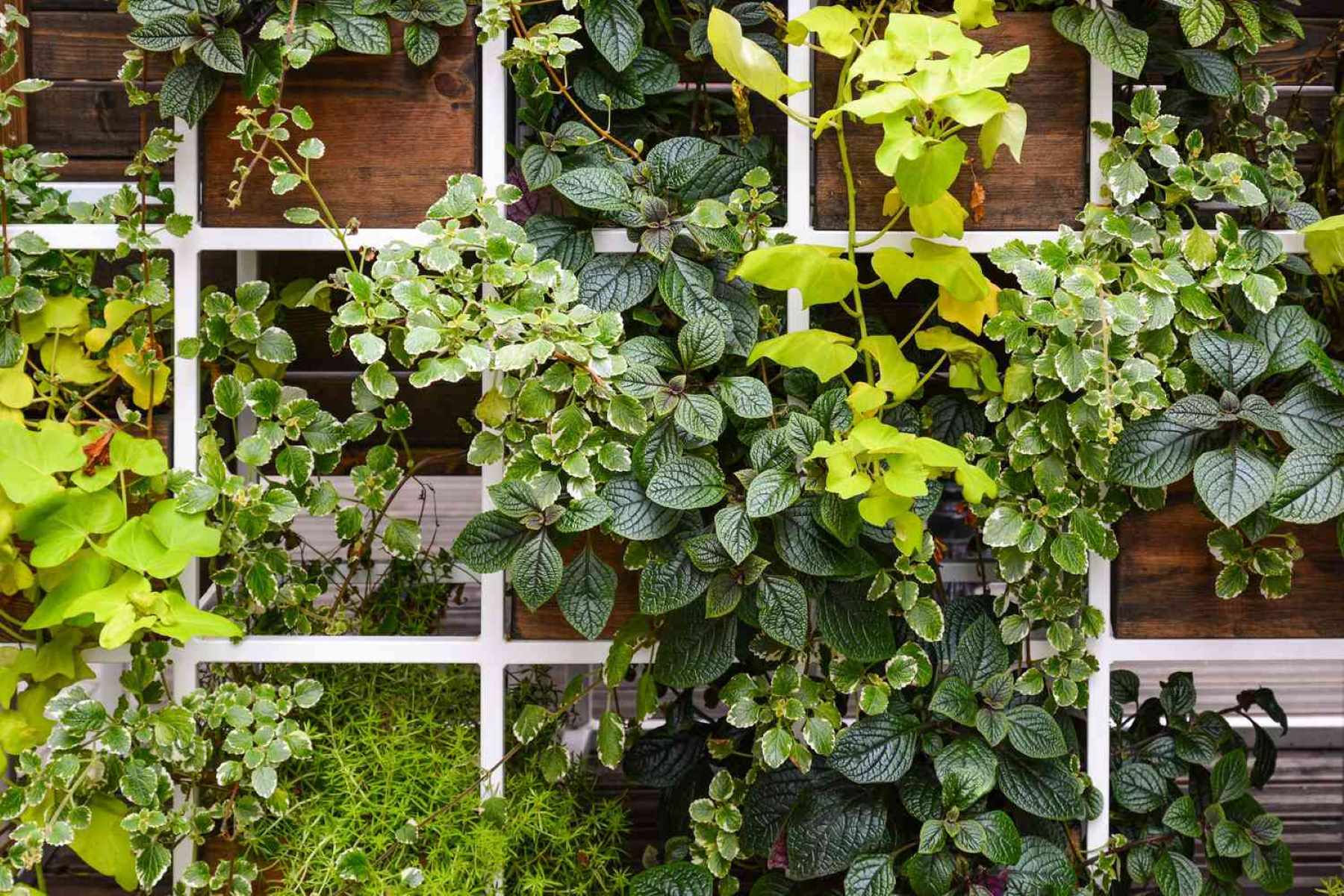
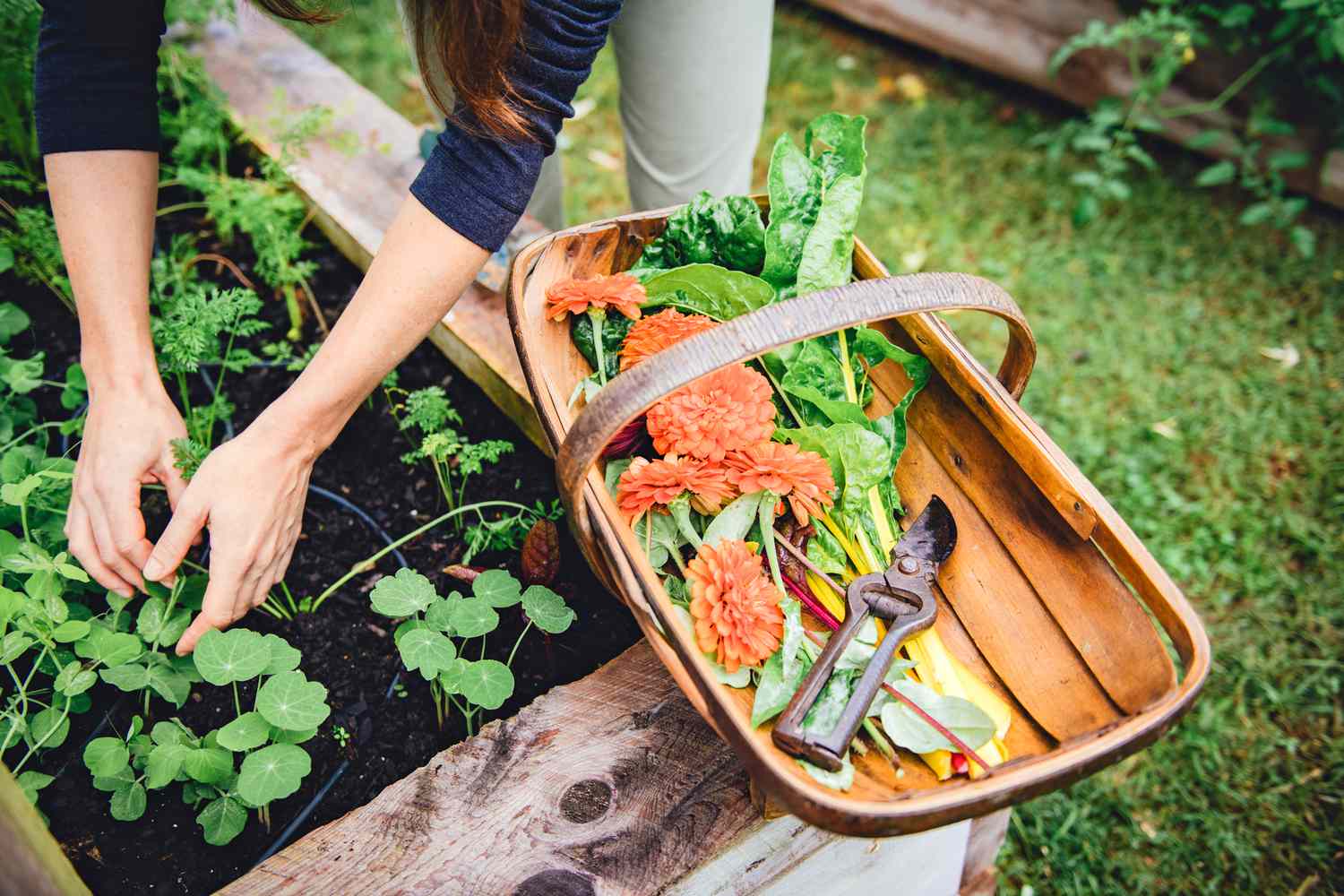
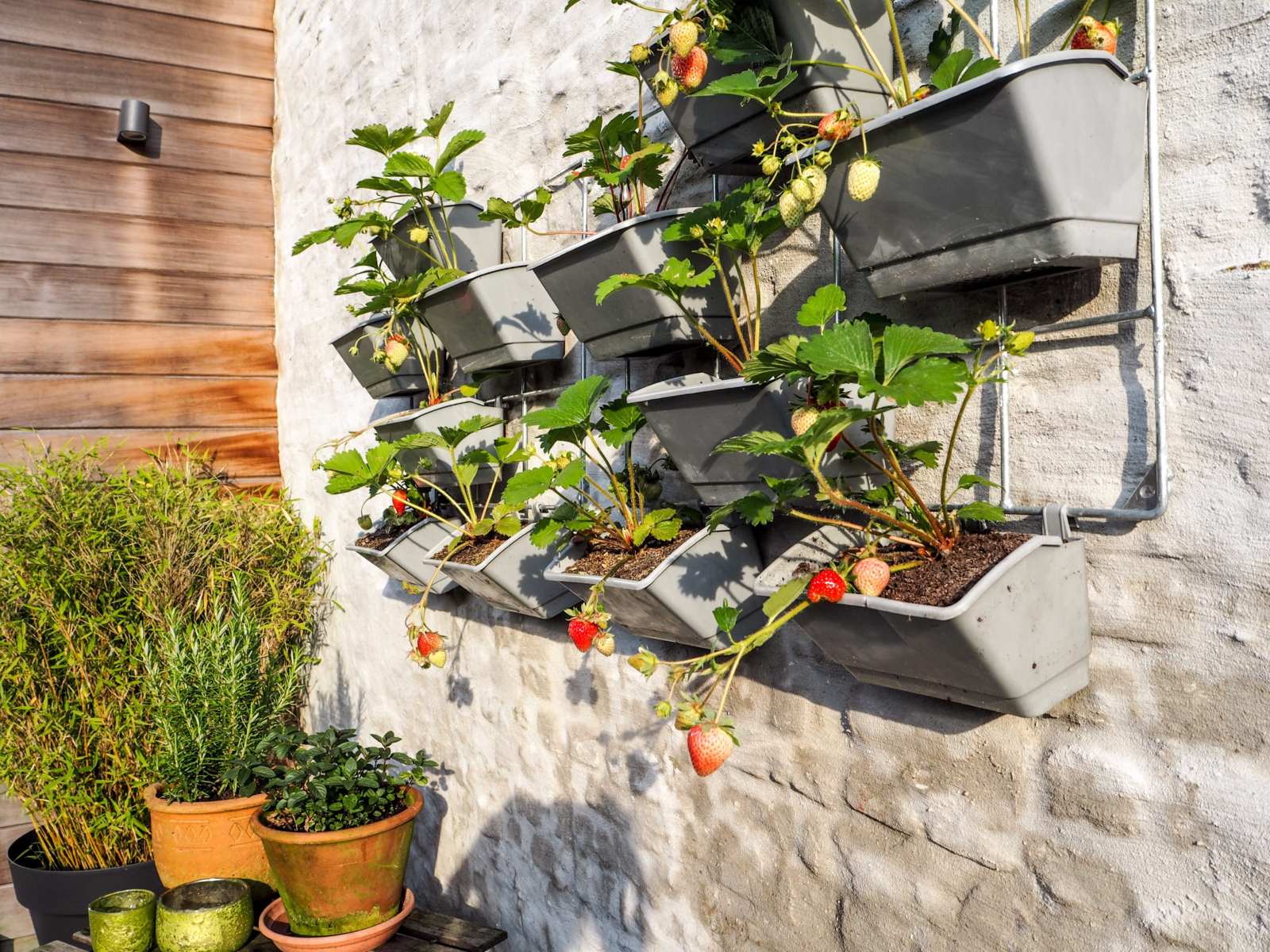

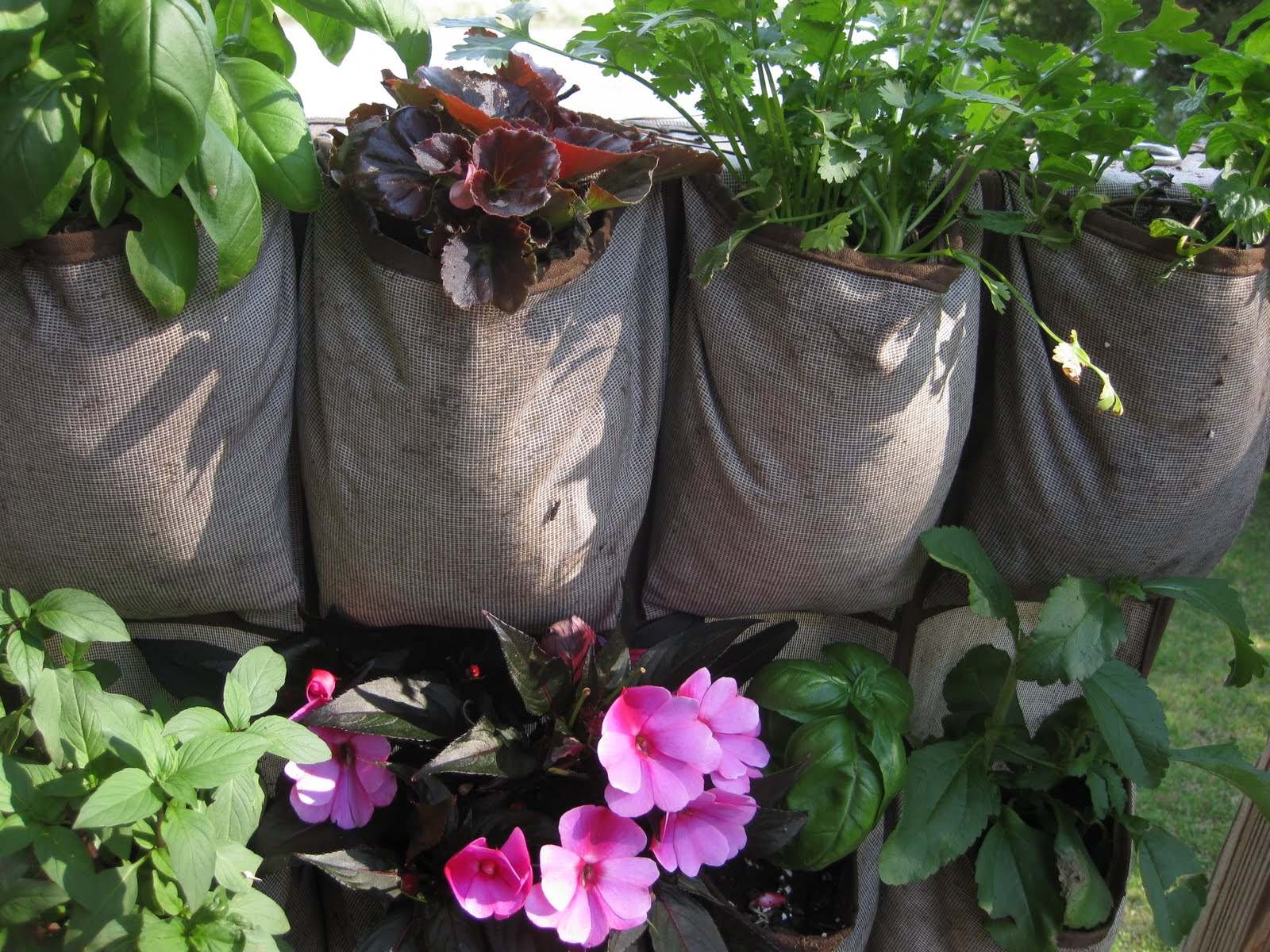

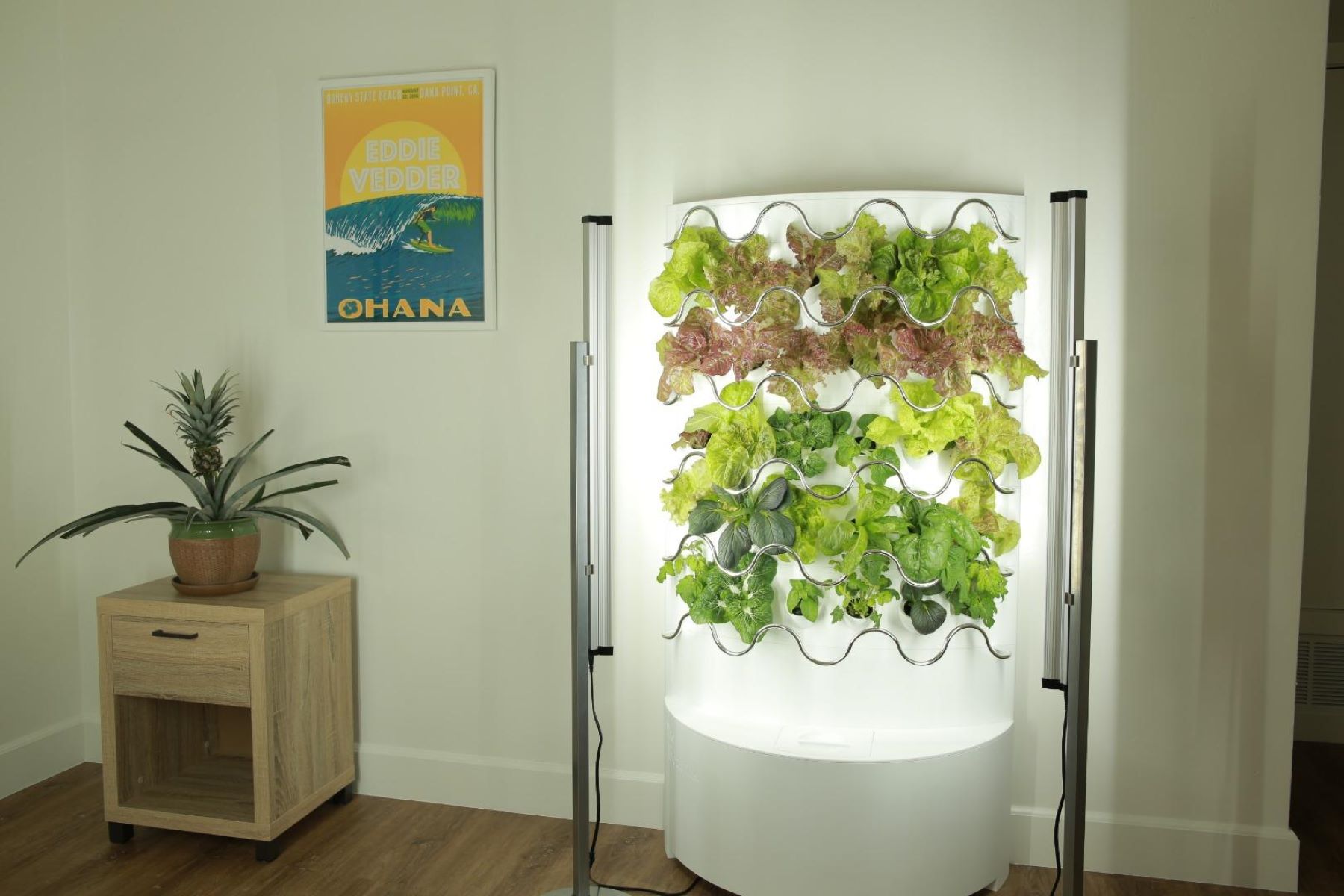

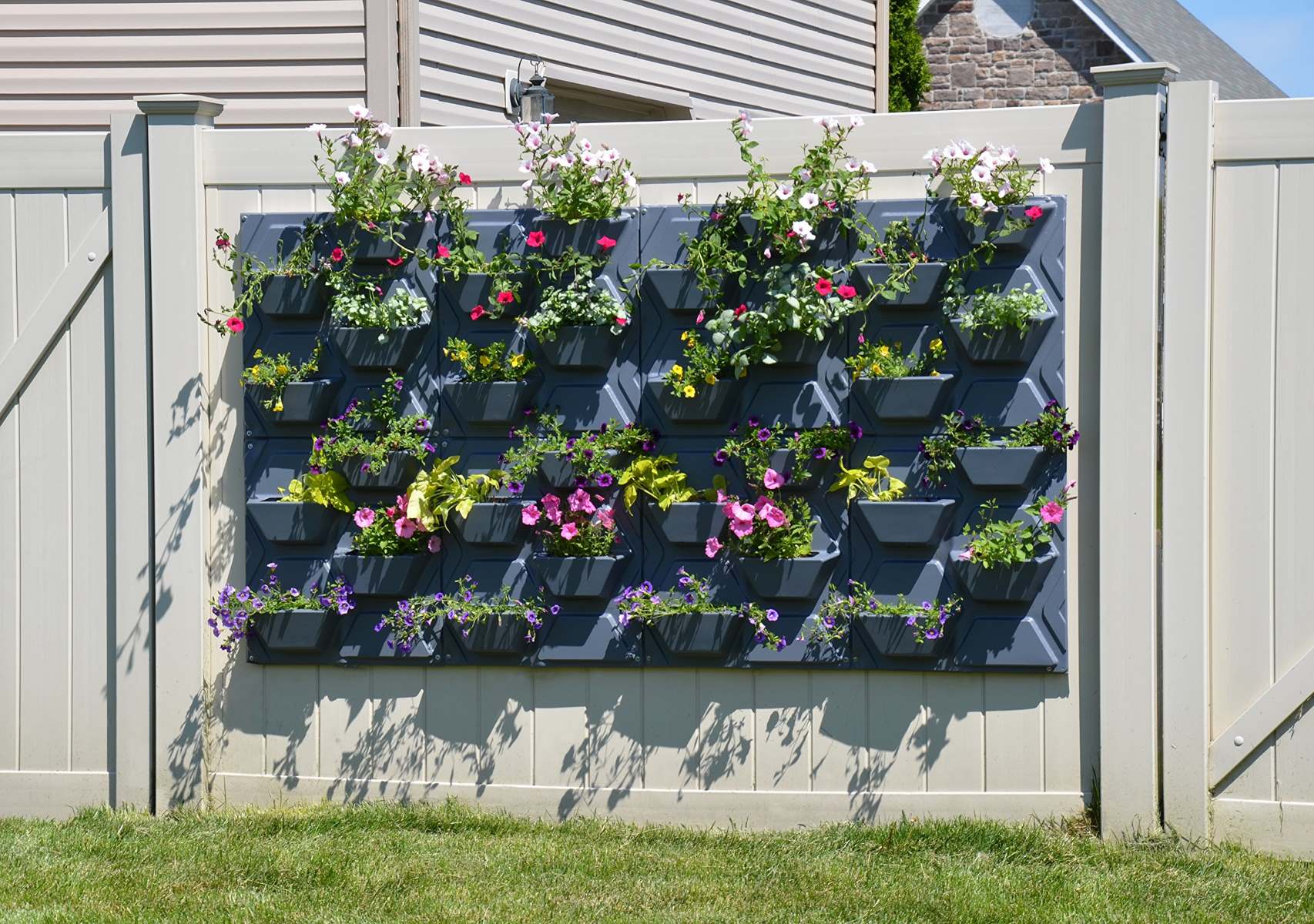
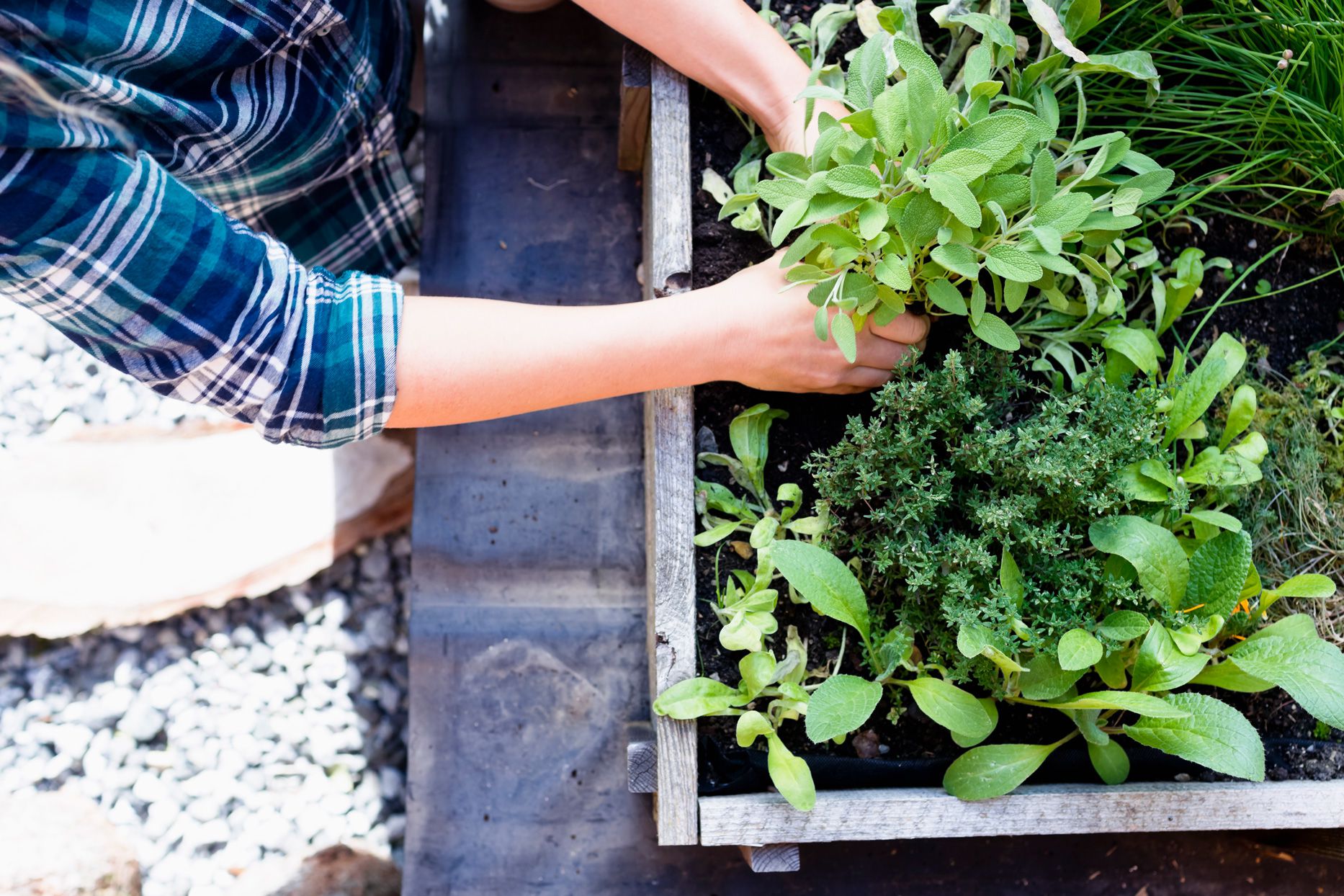
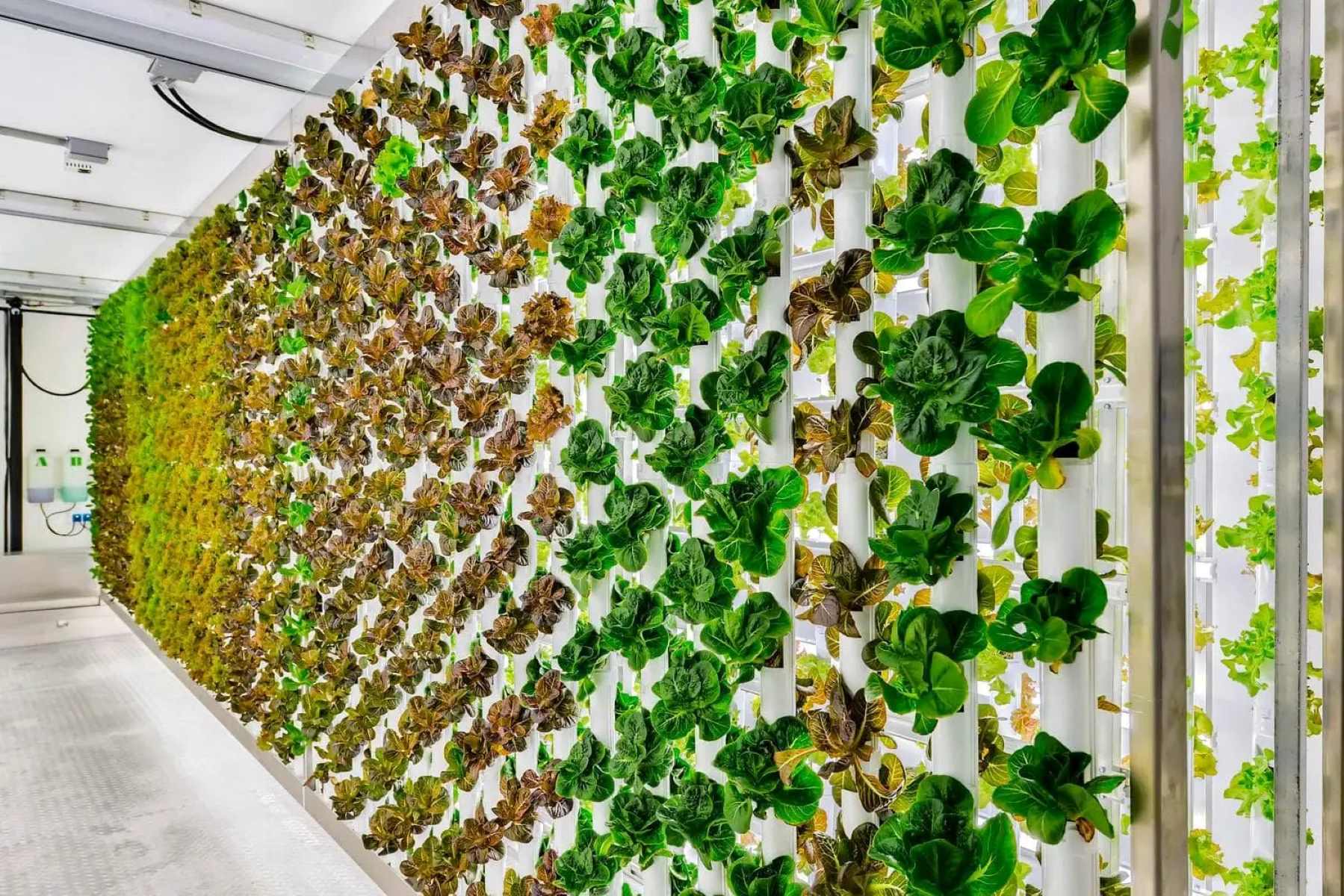
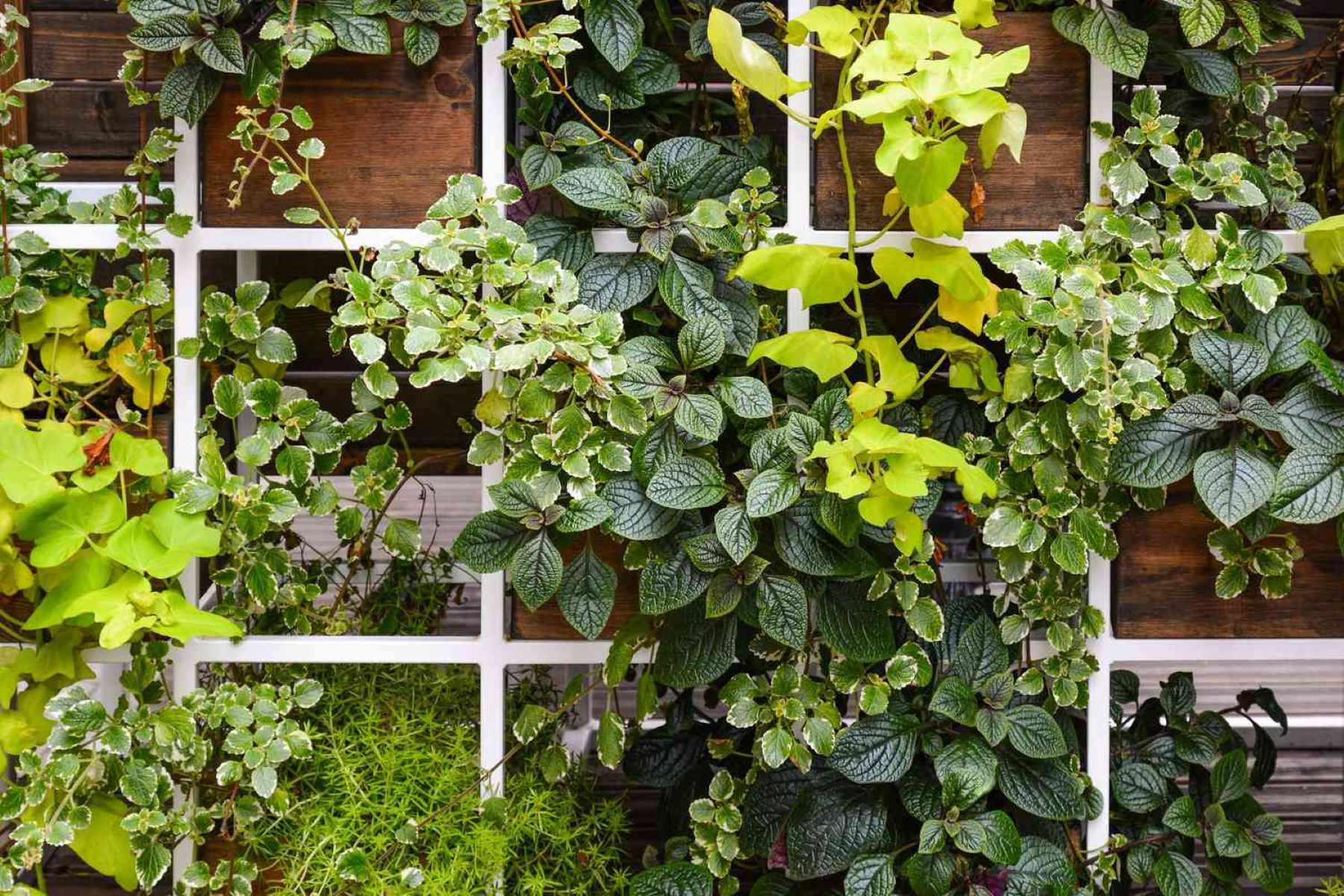

0 thoughts on “How To Grow A Vertical Garden”